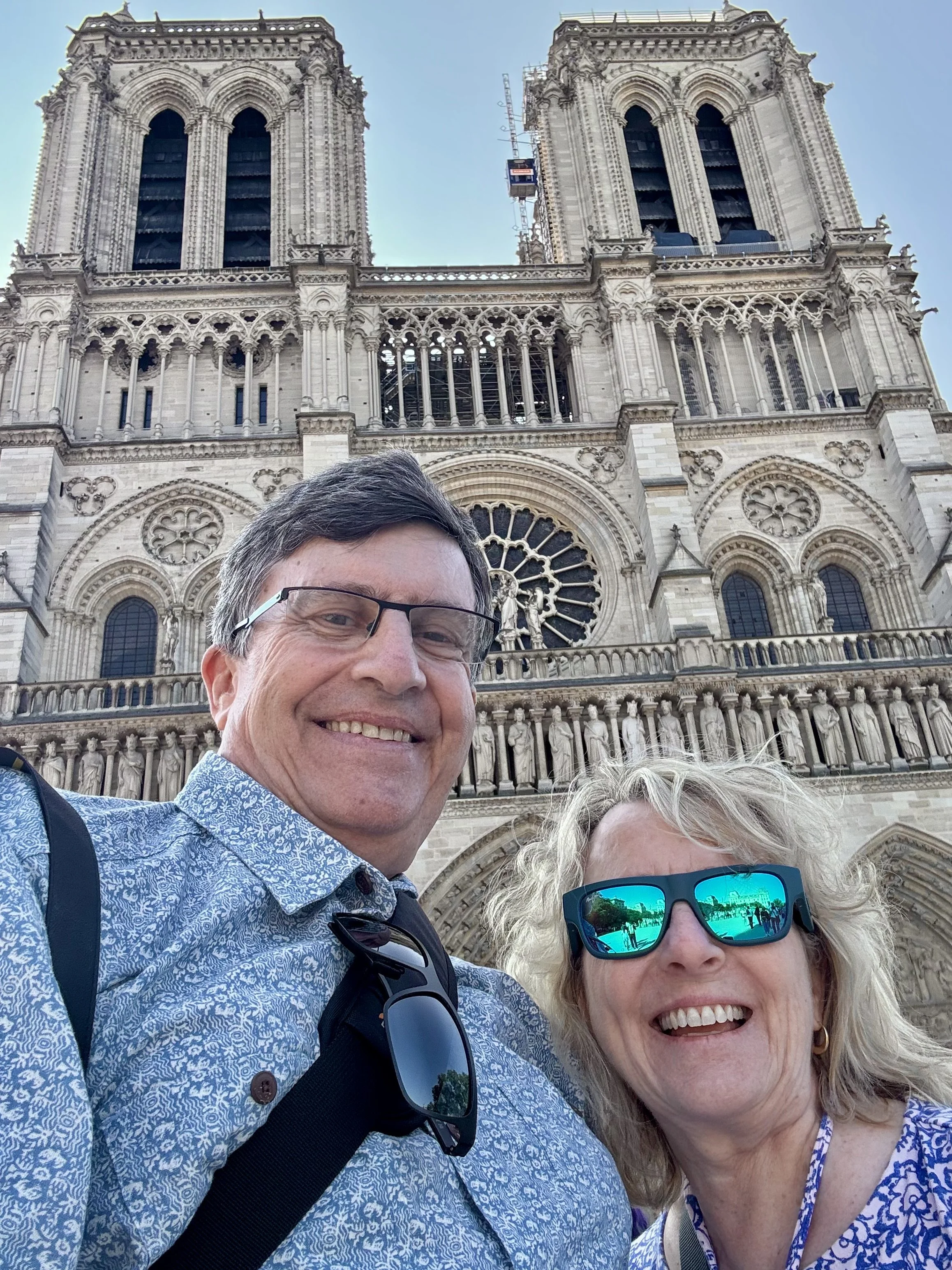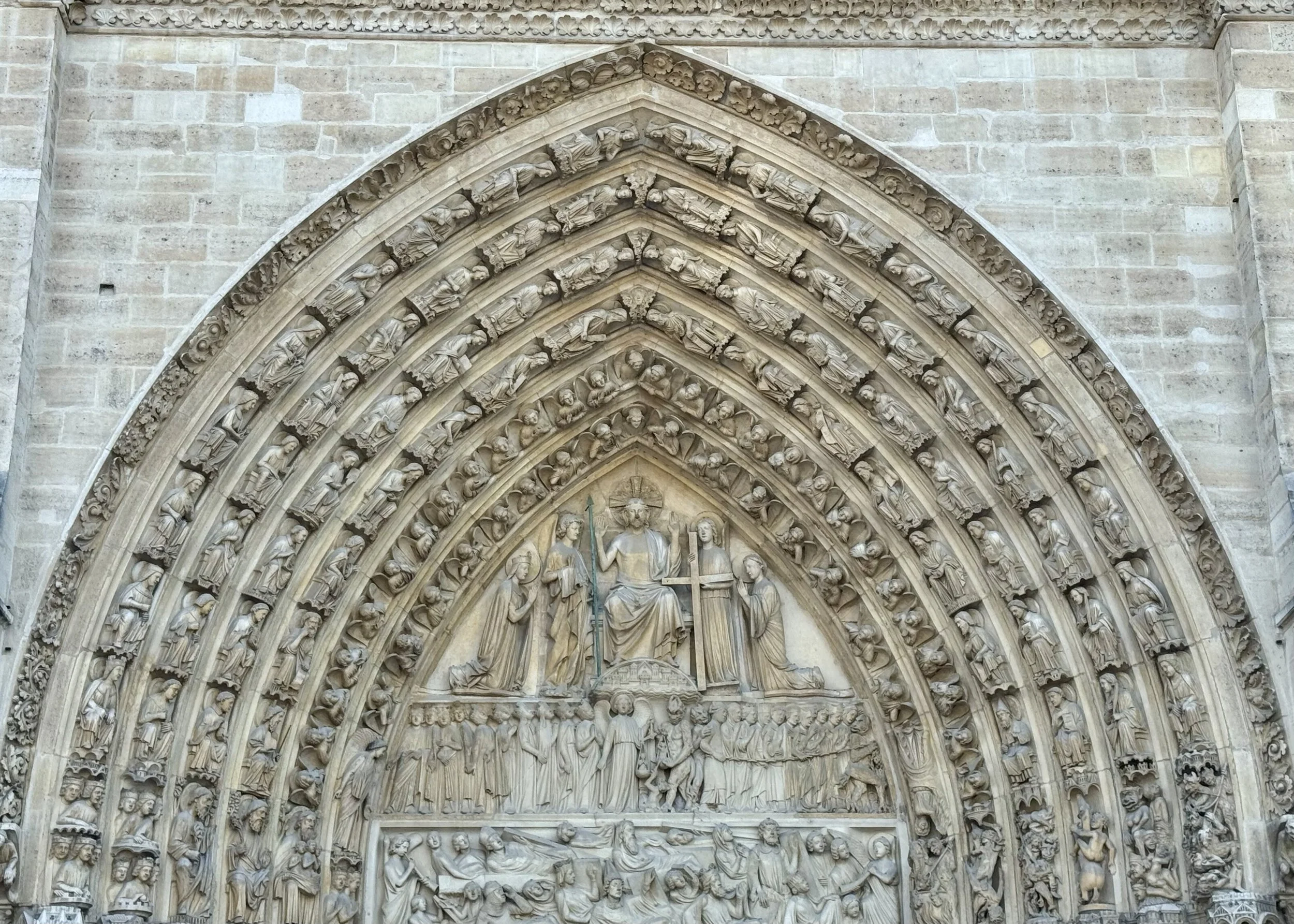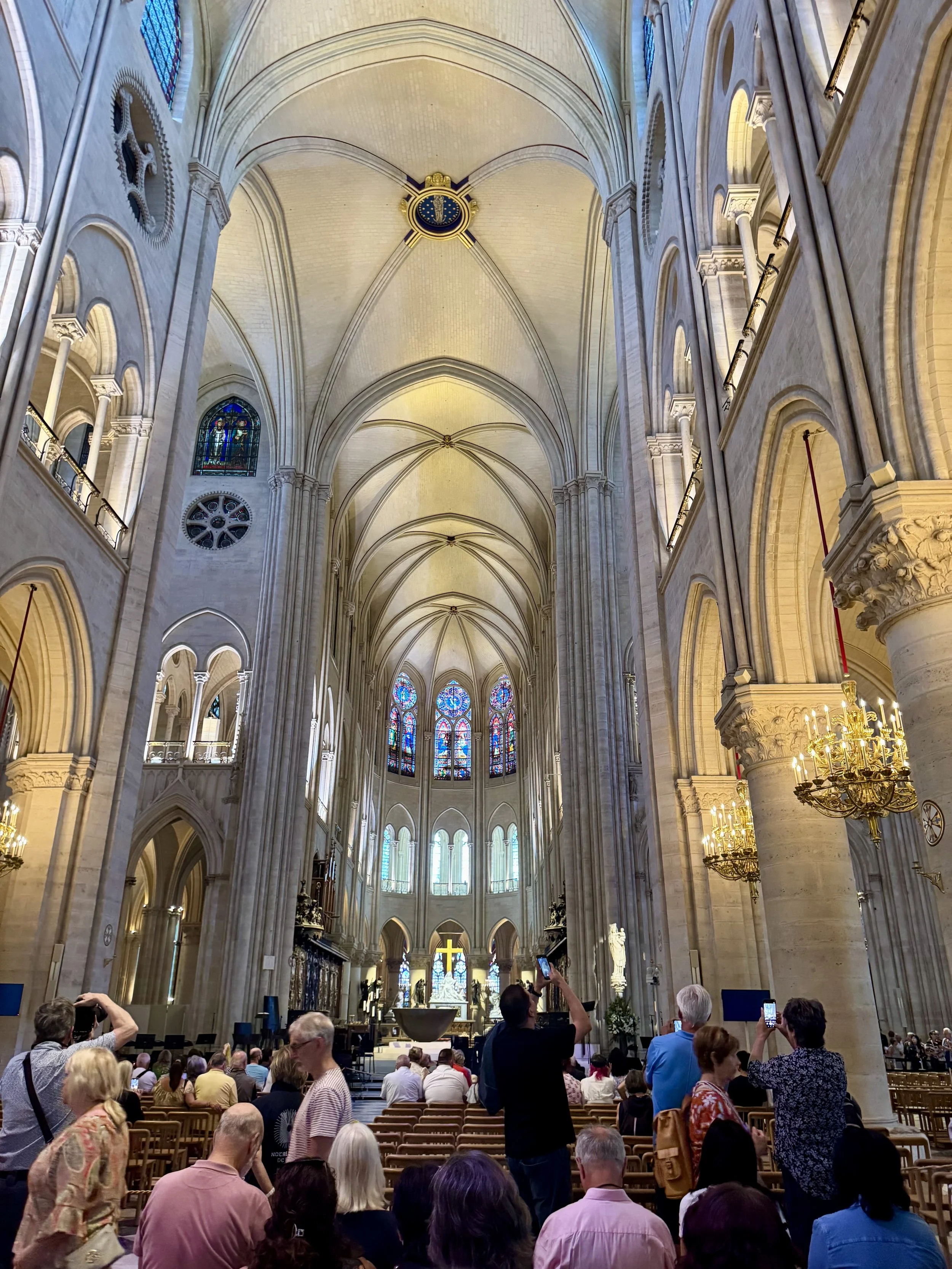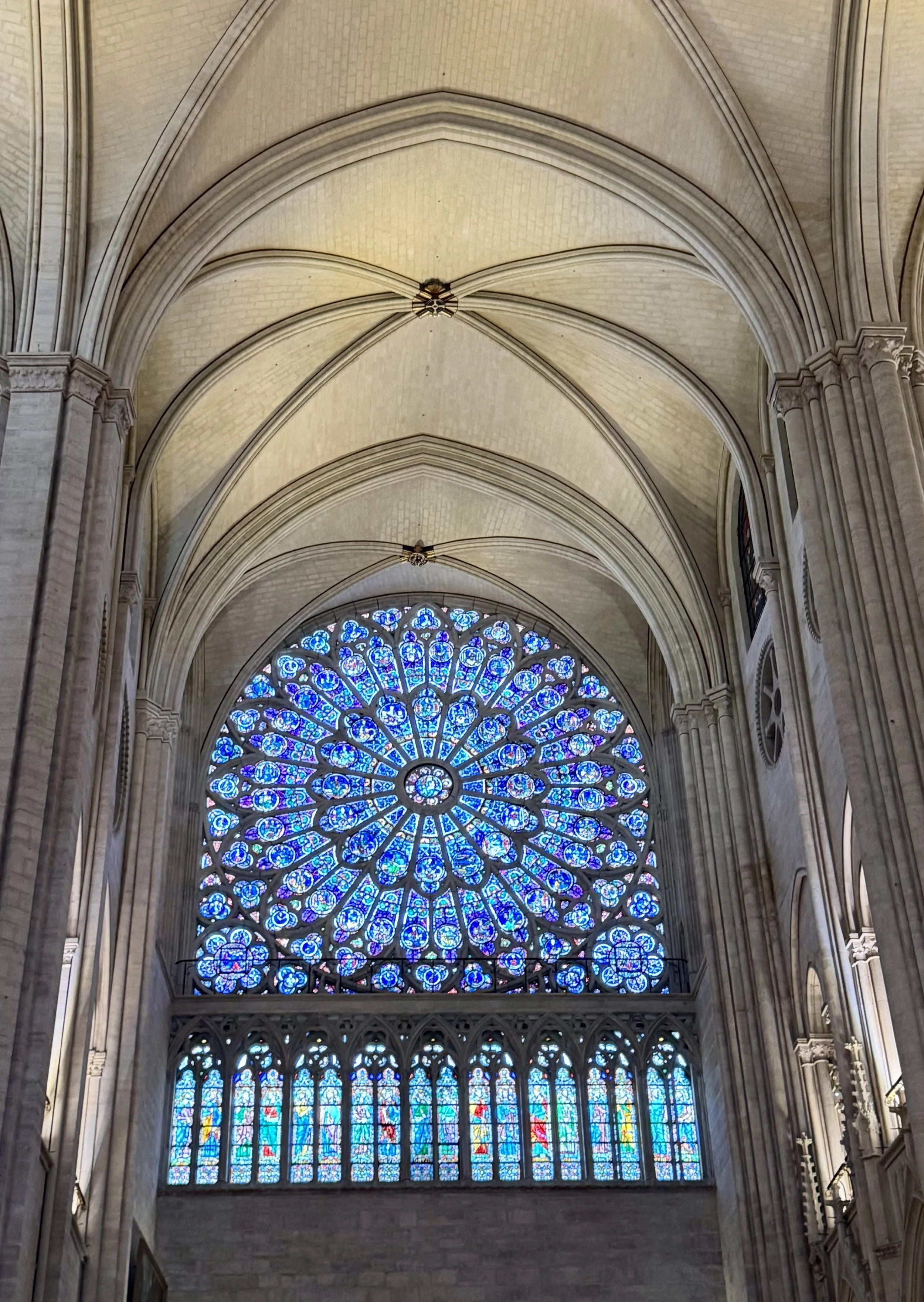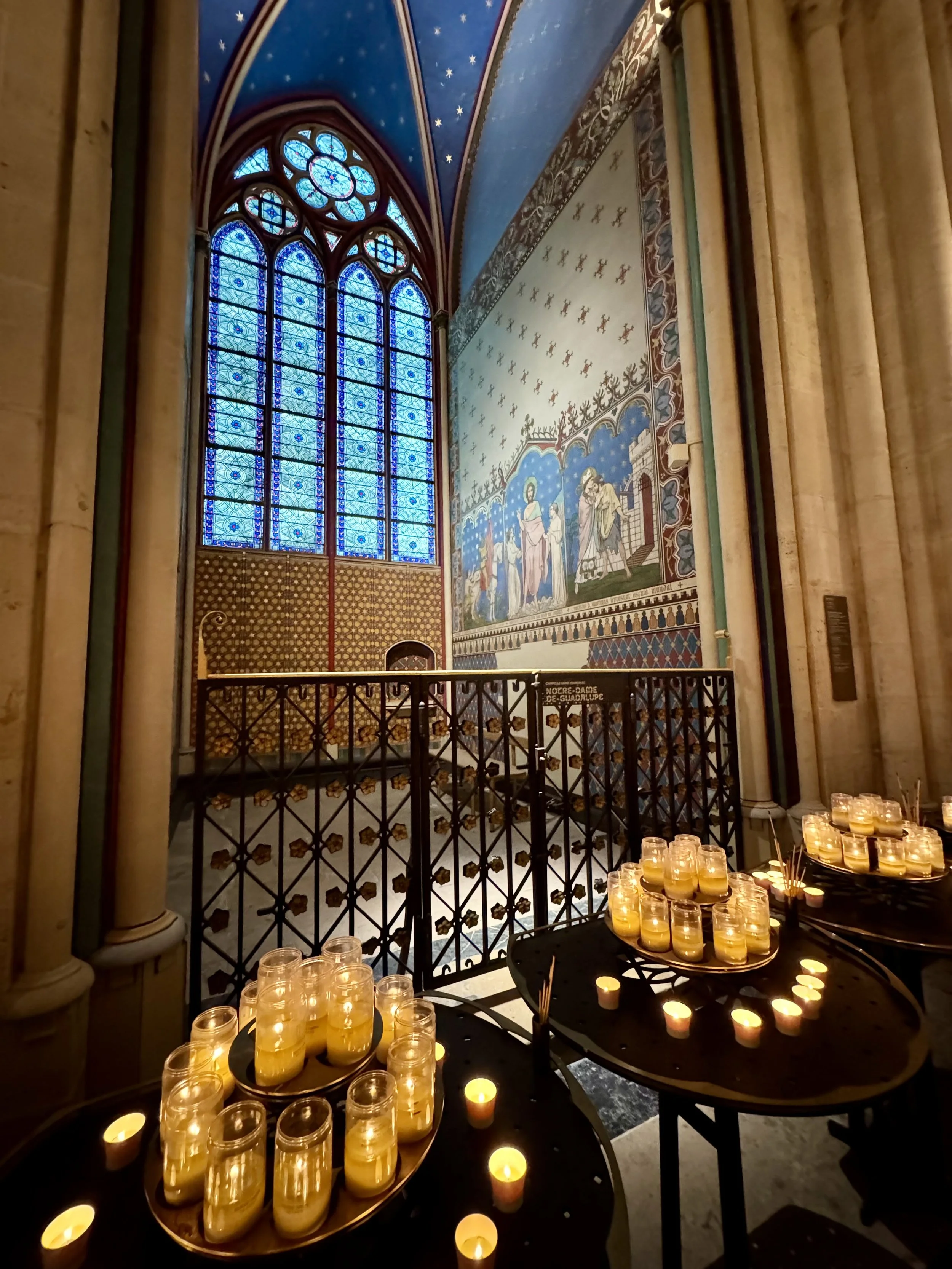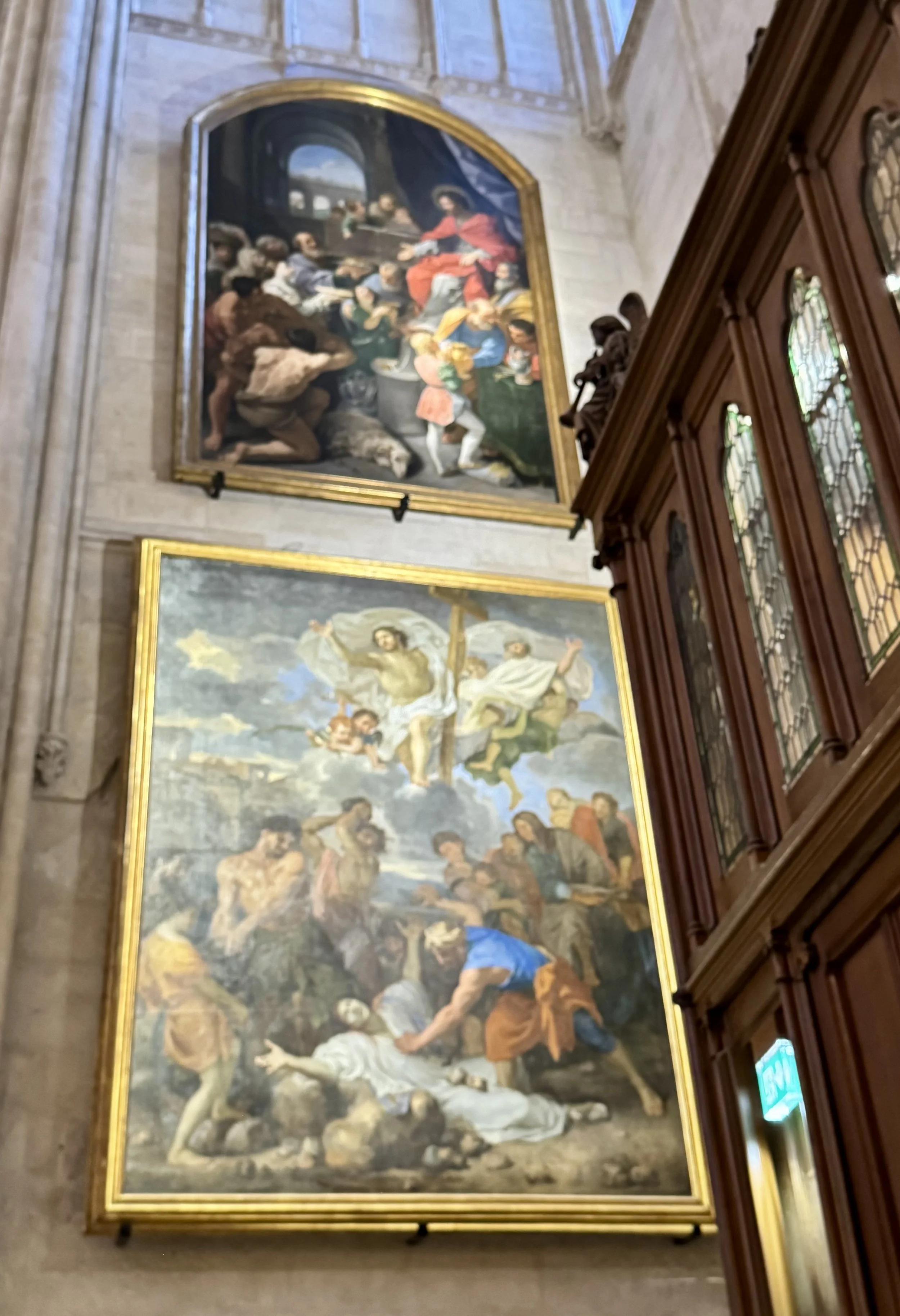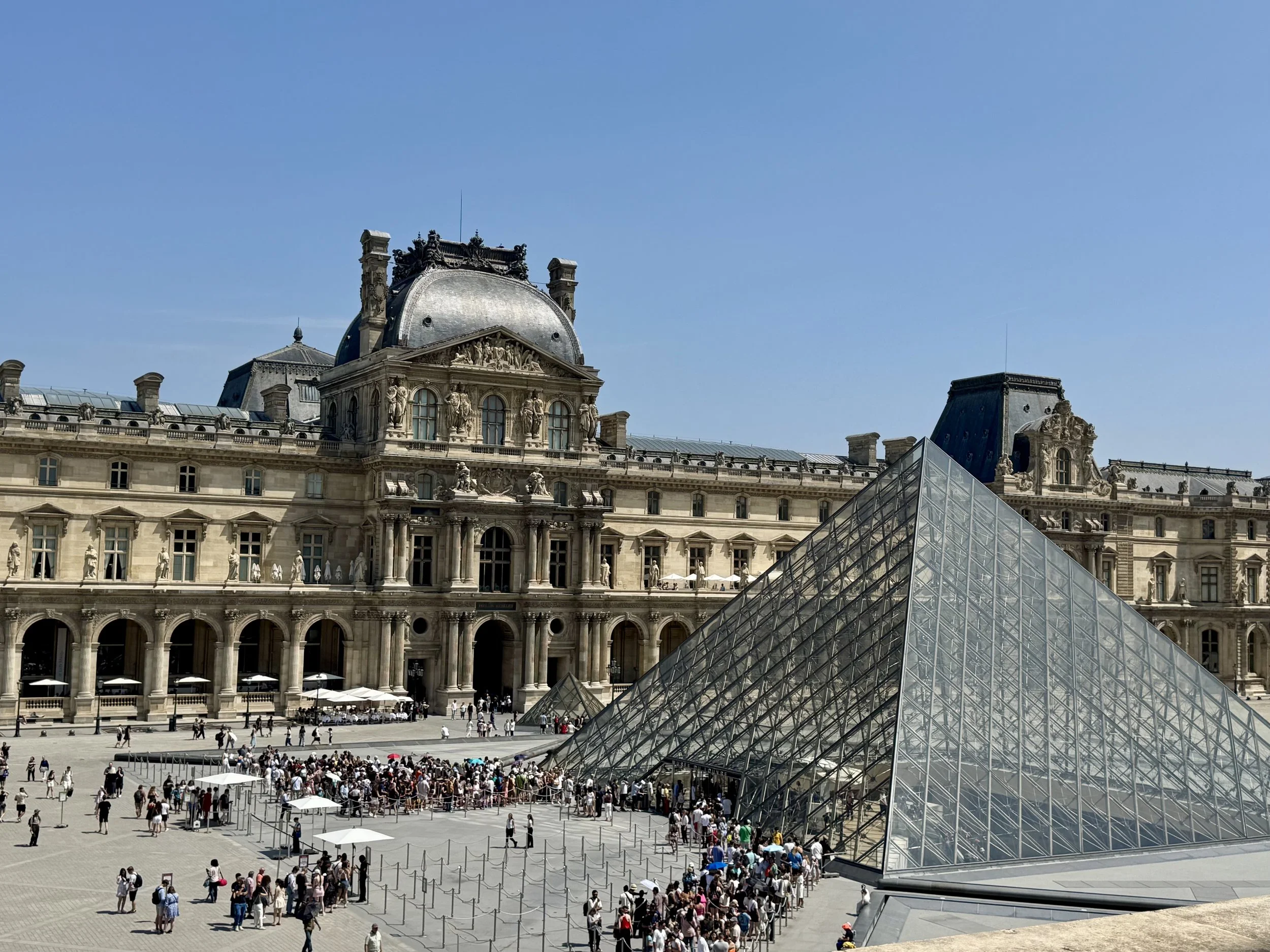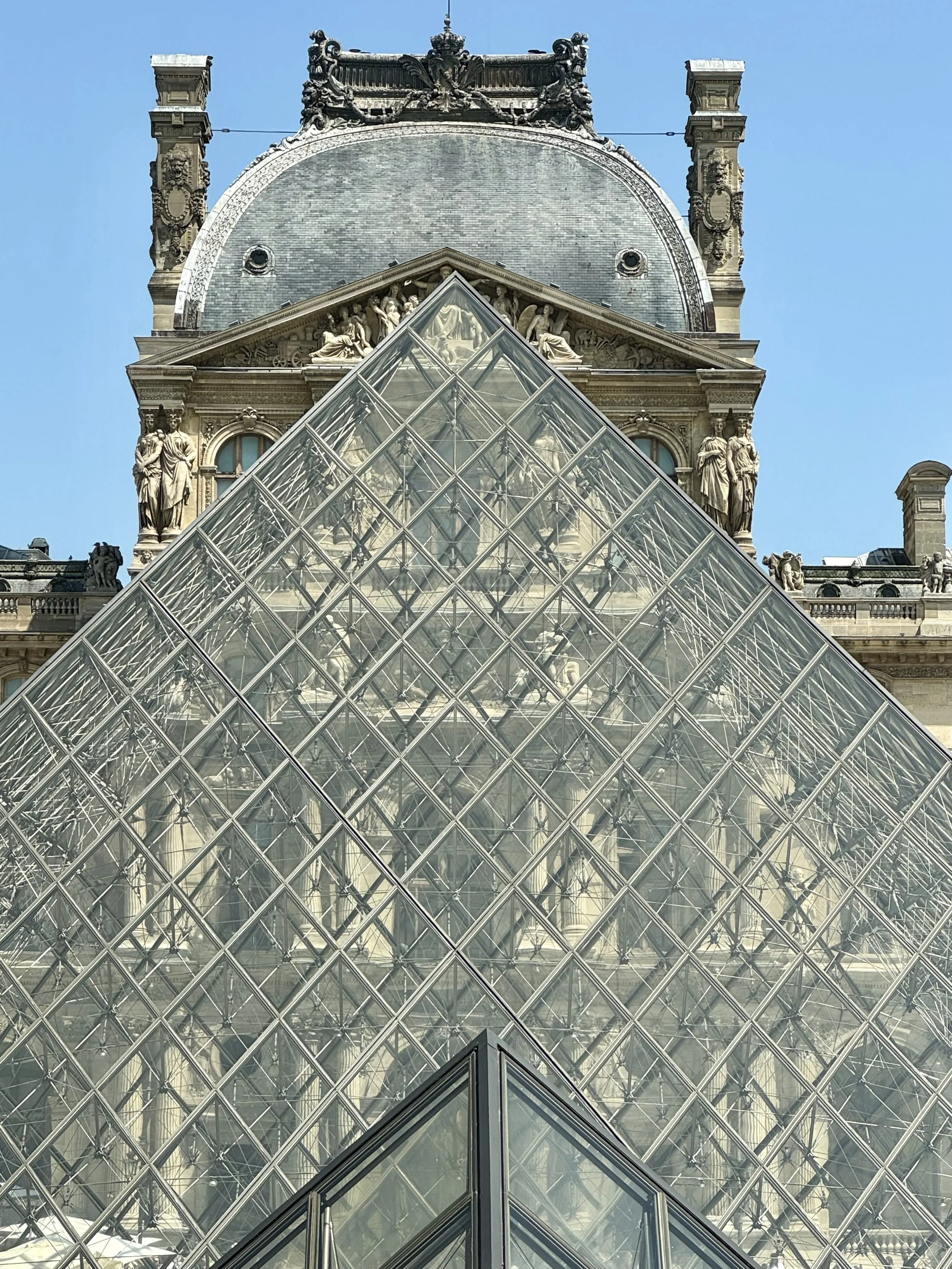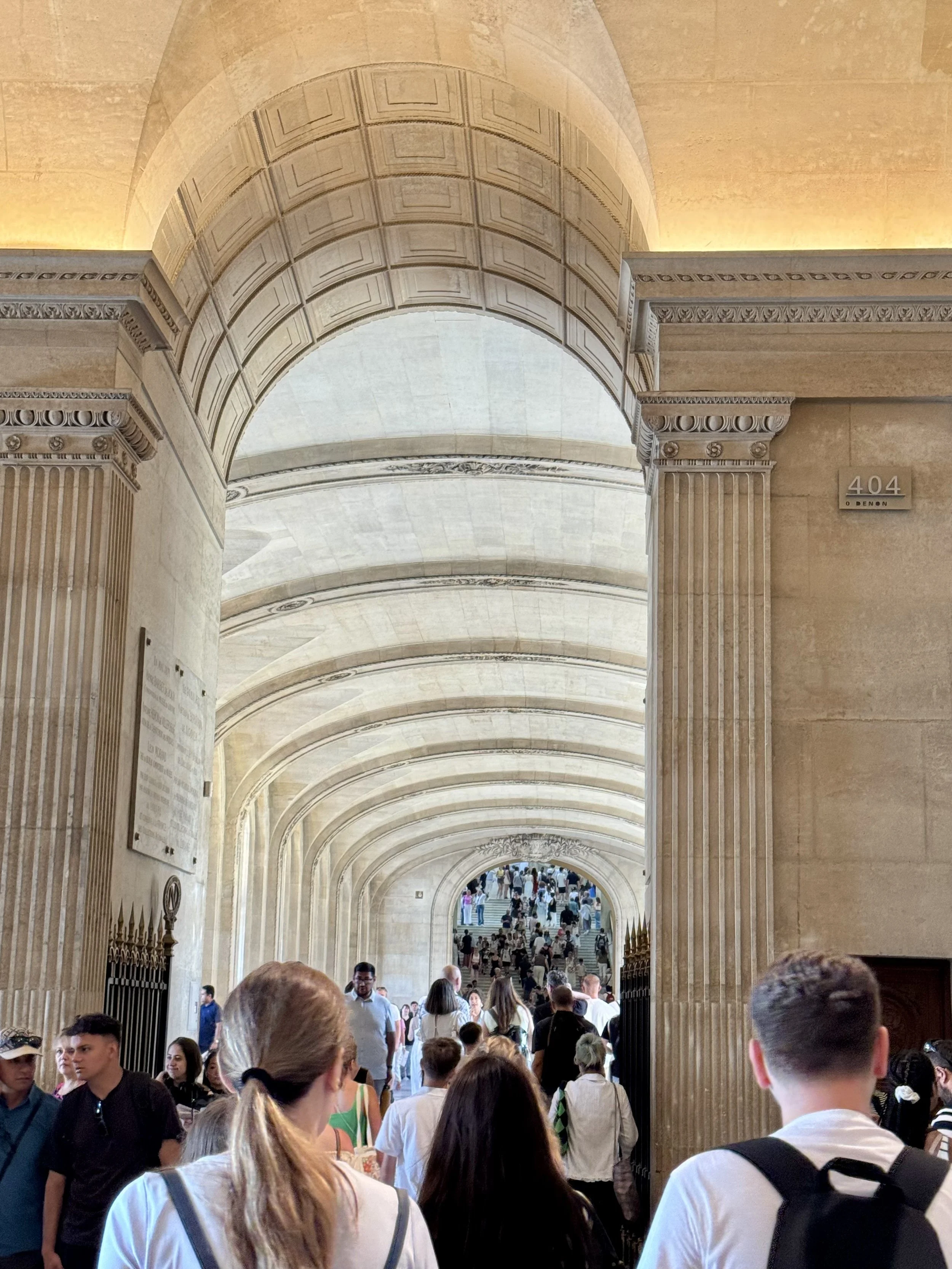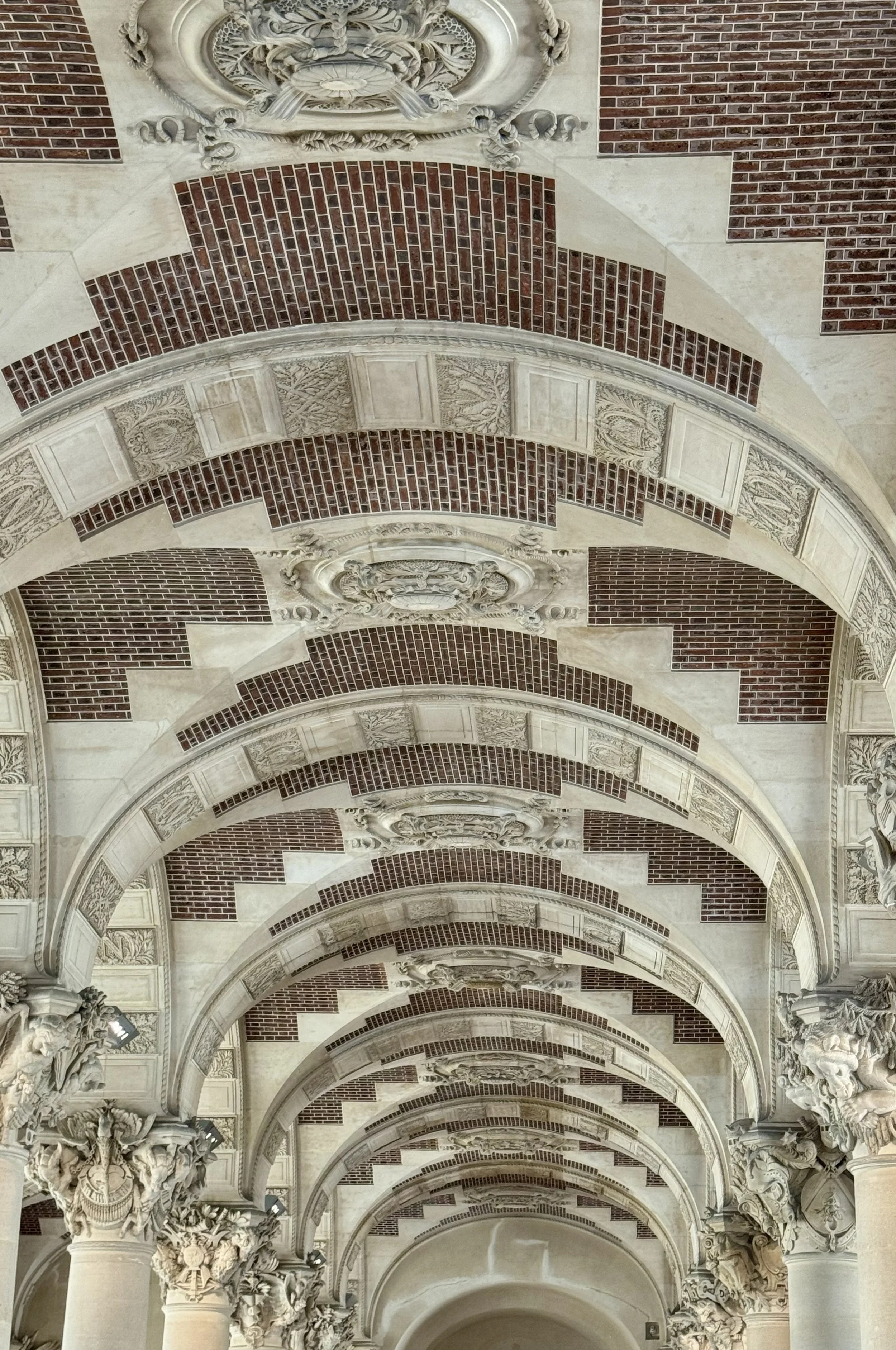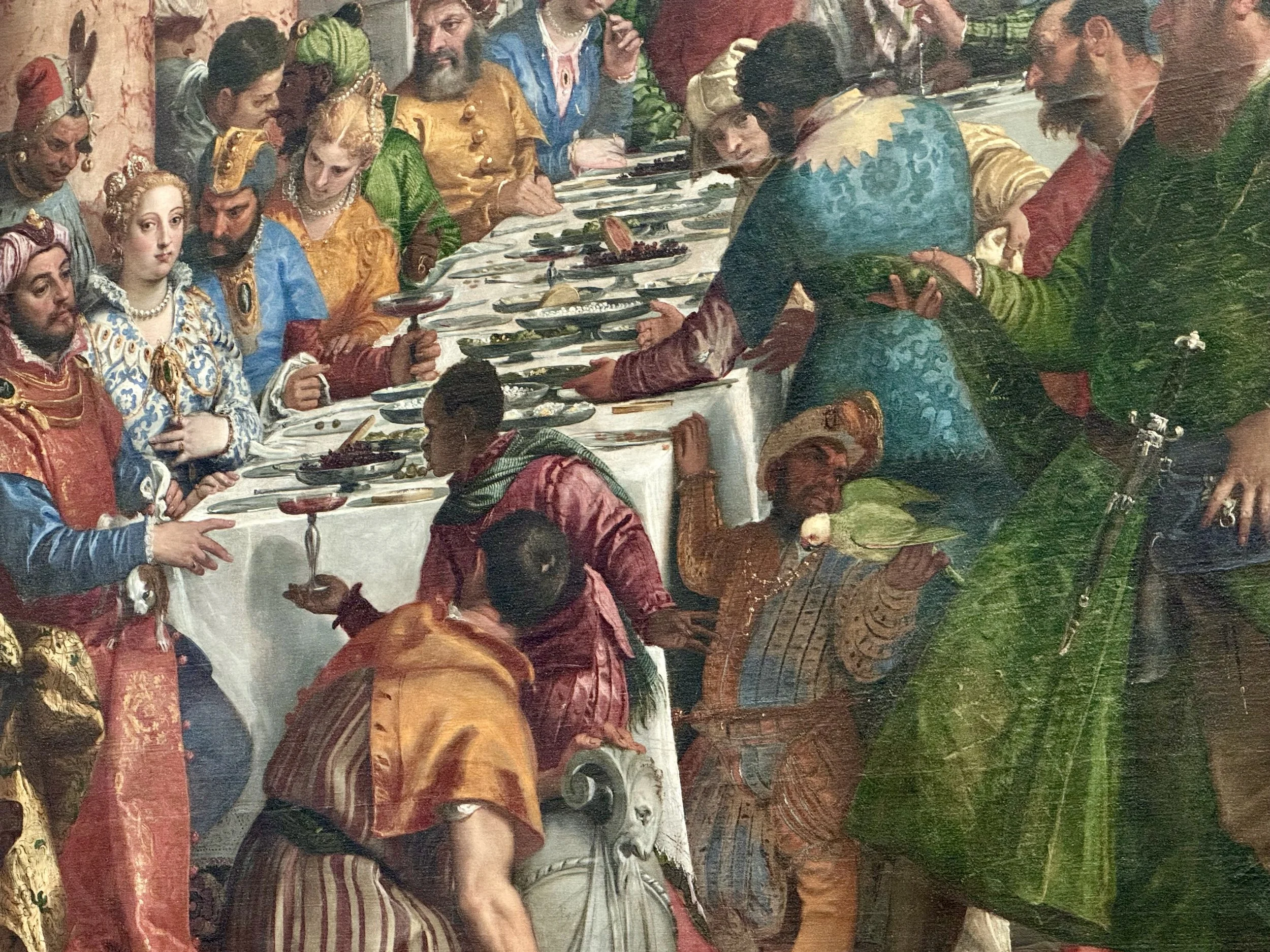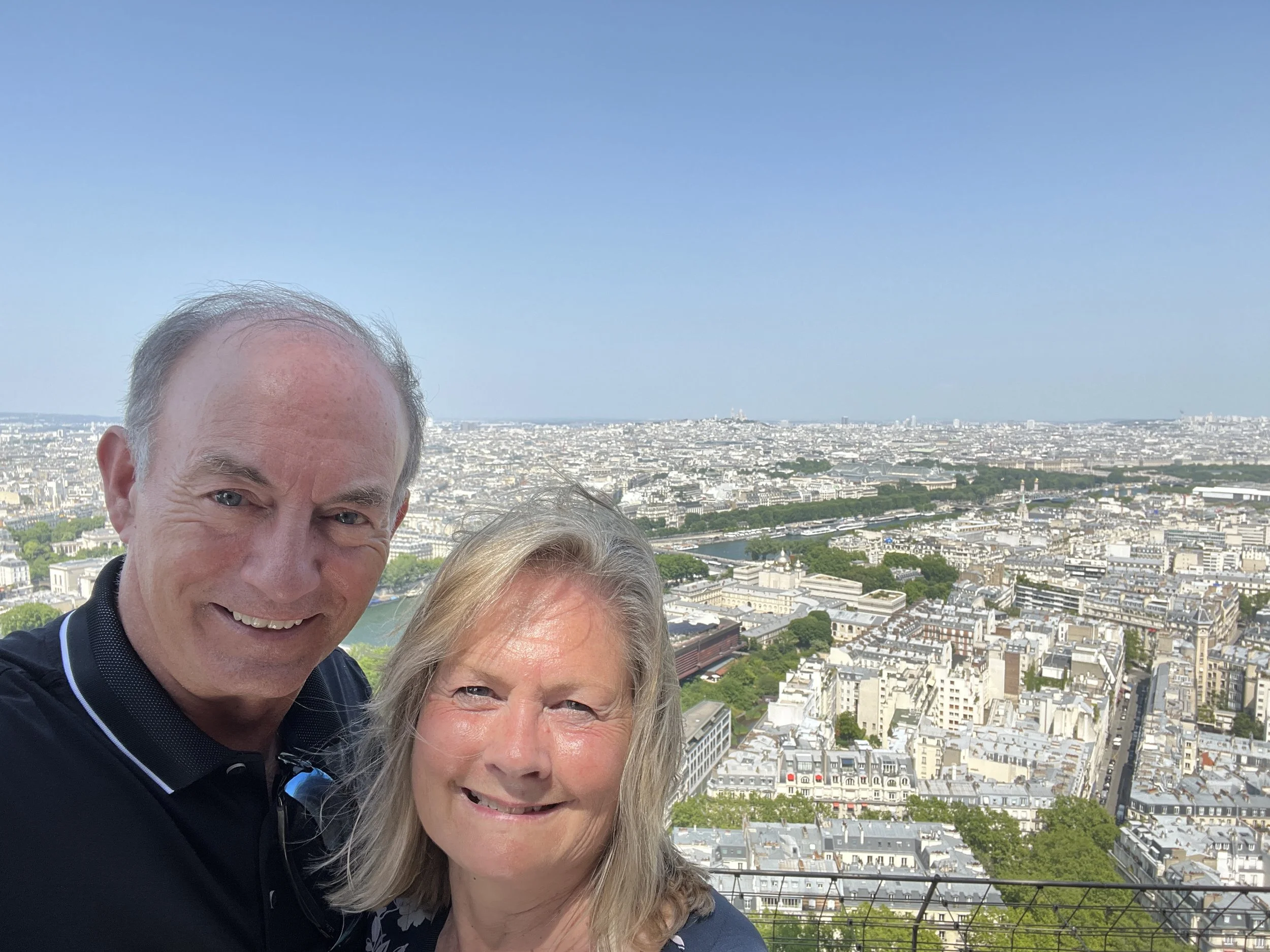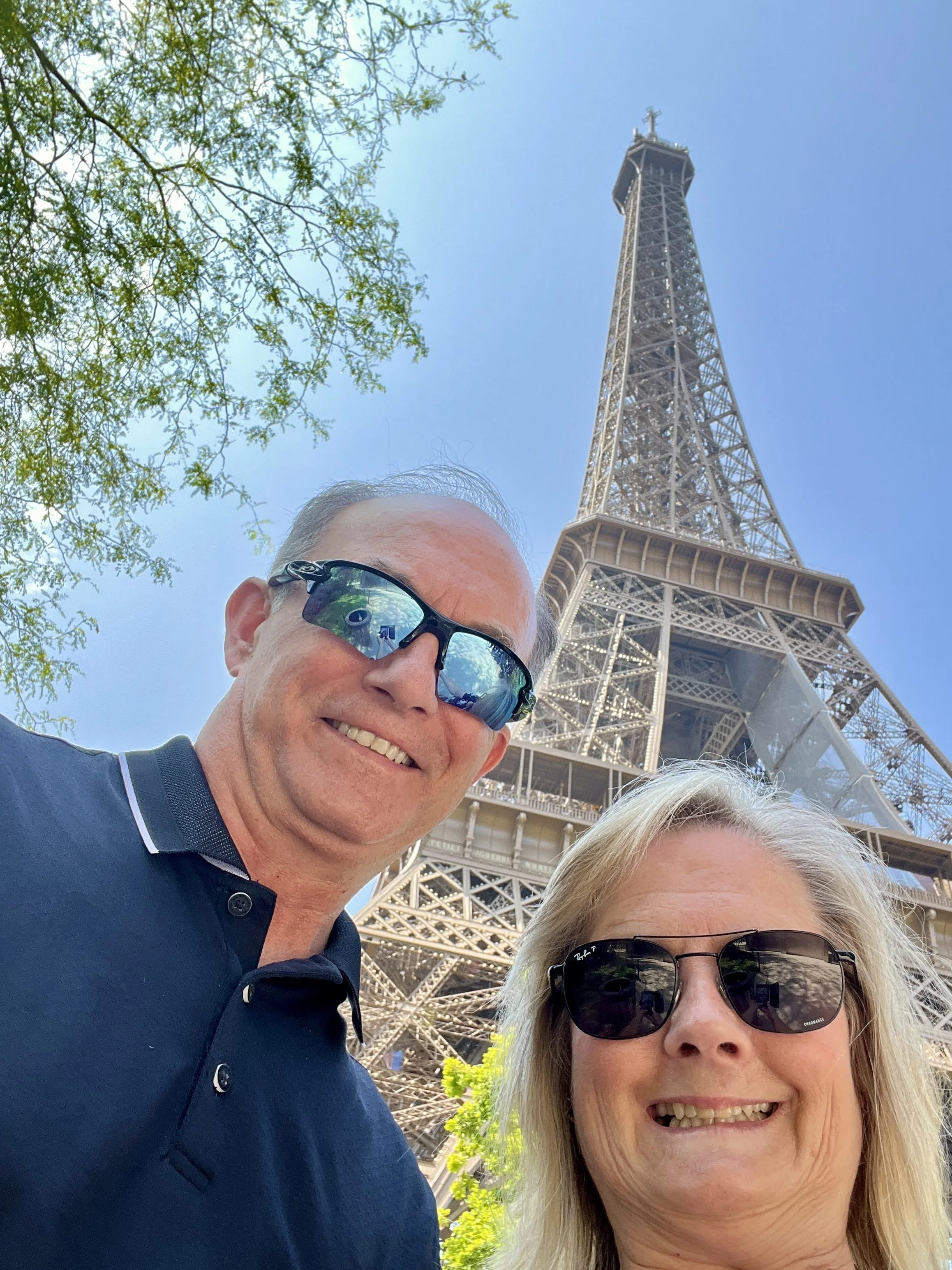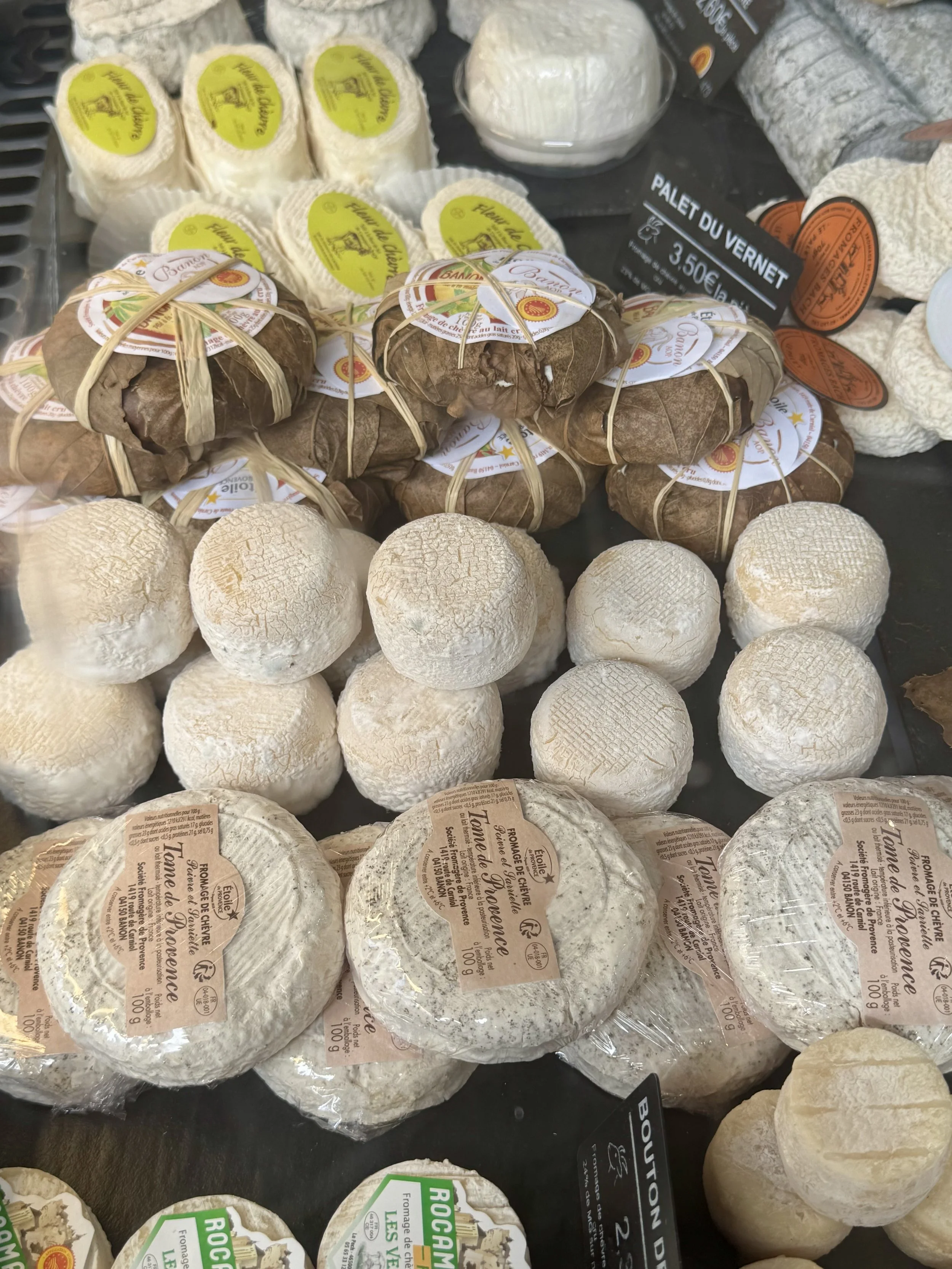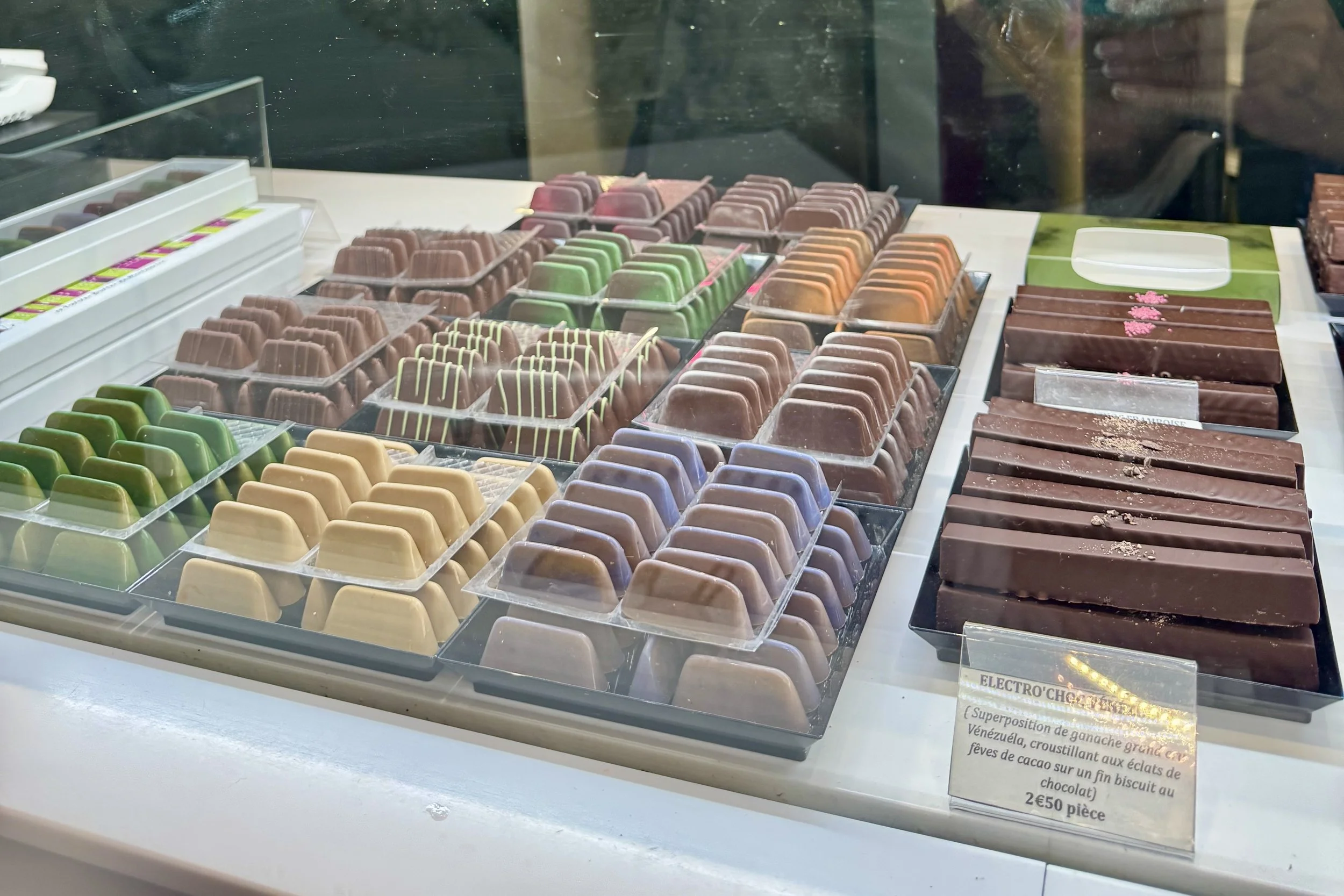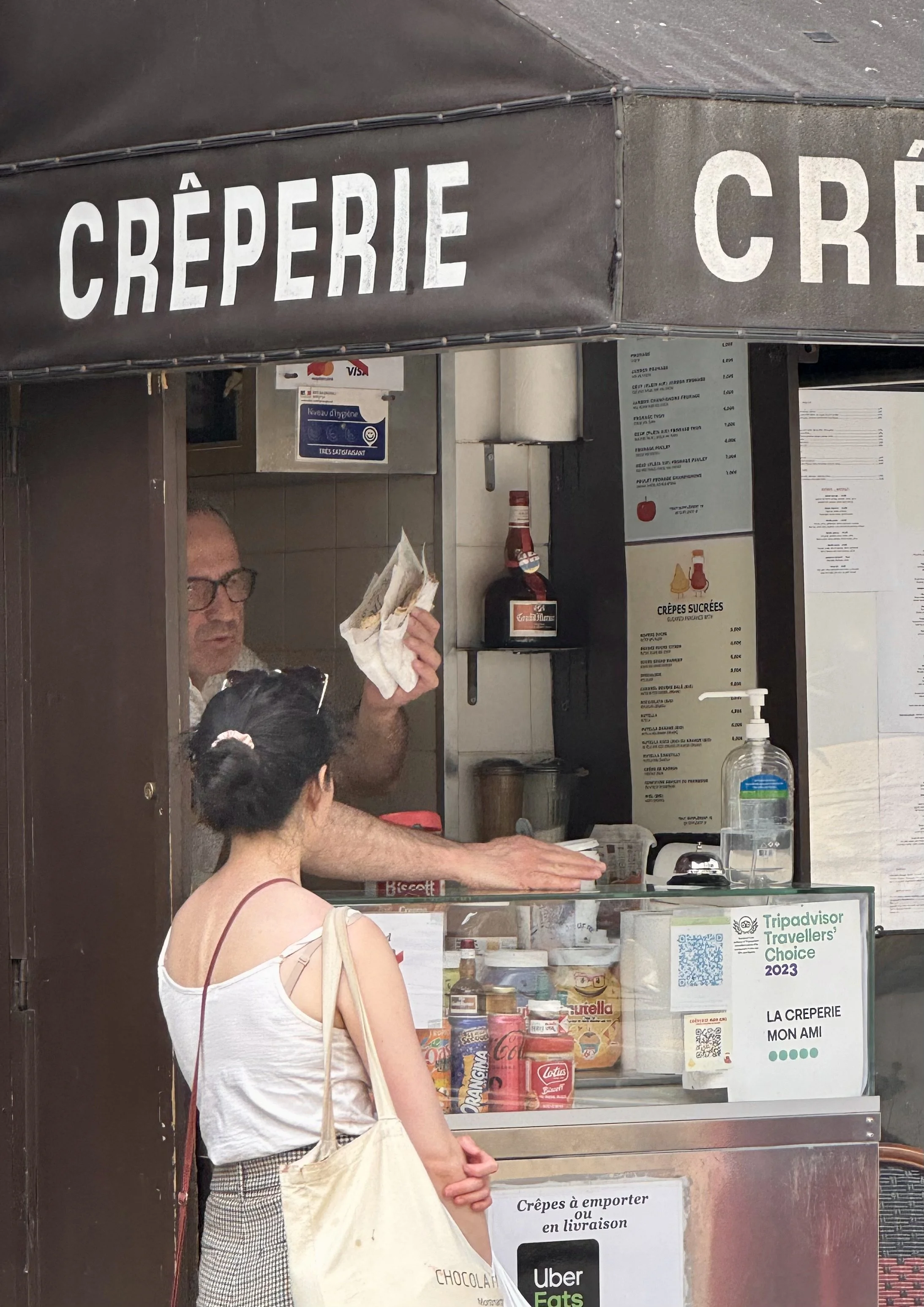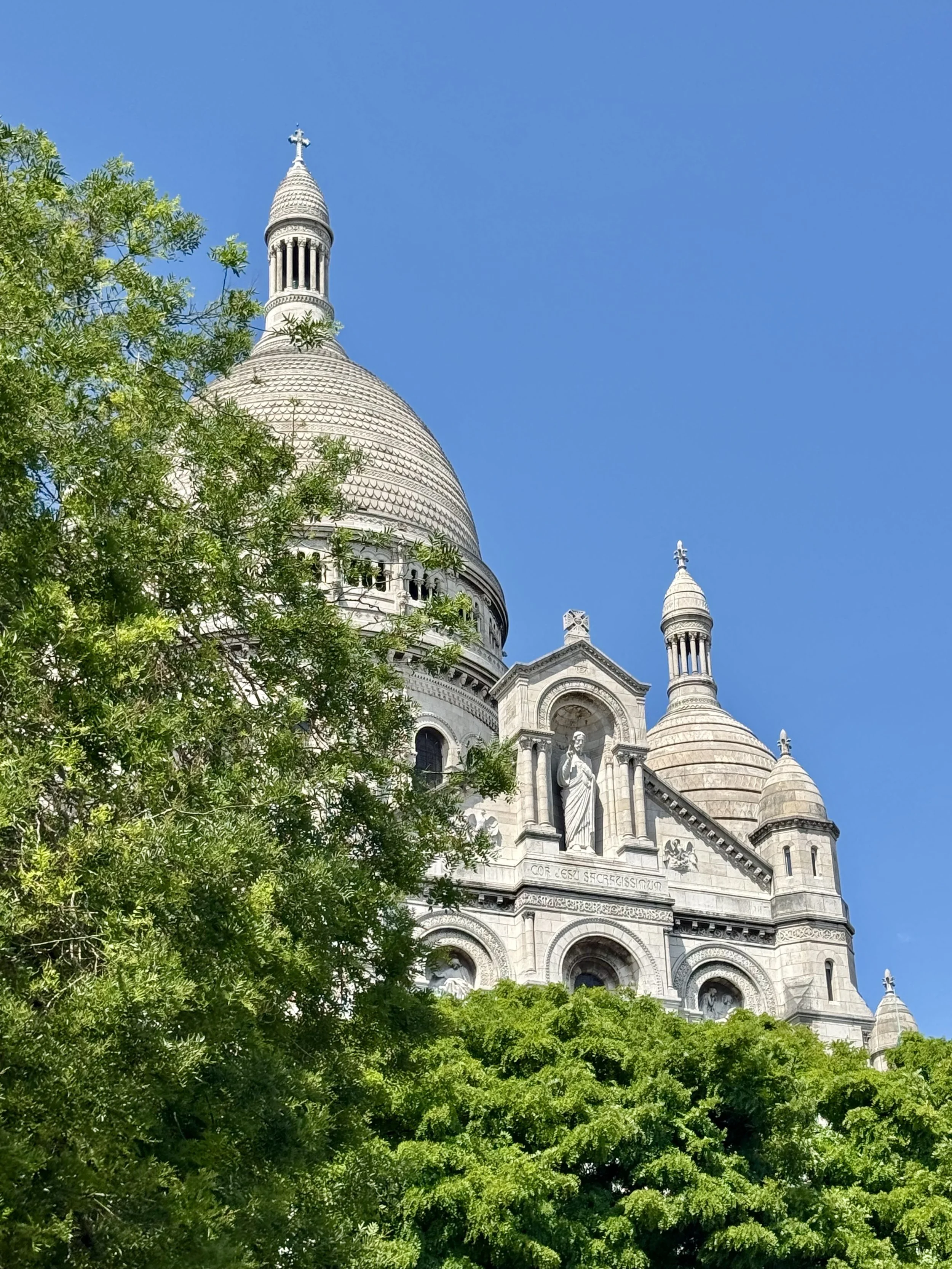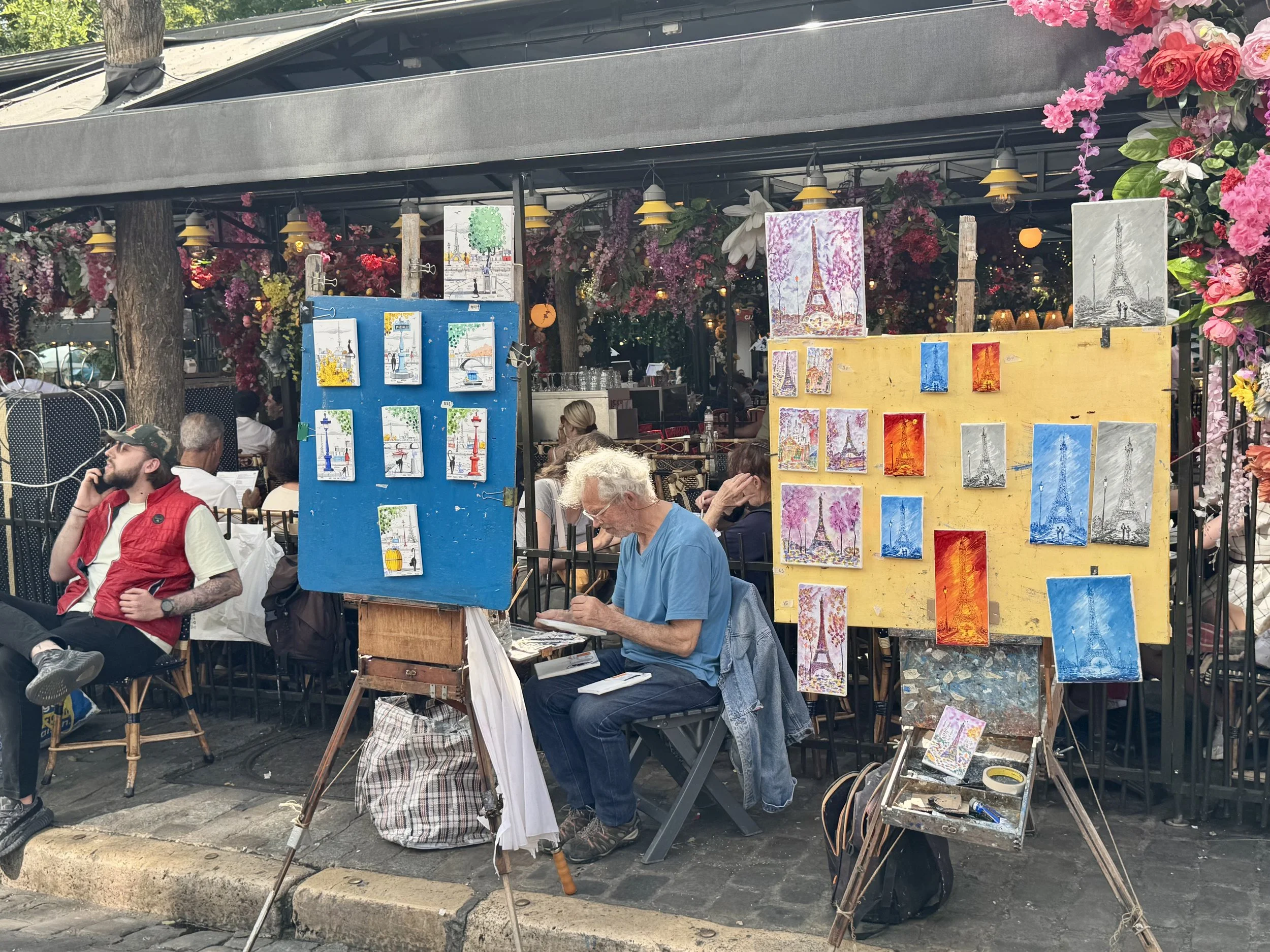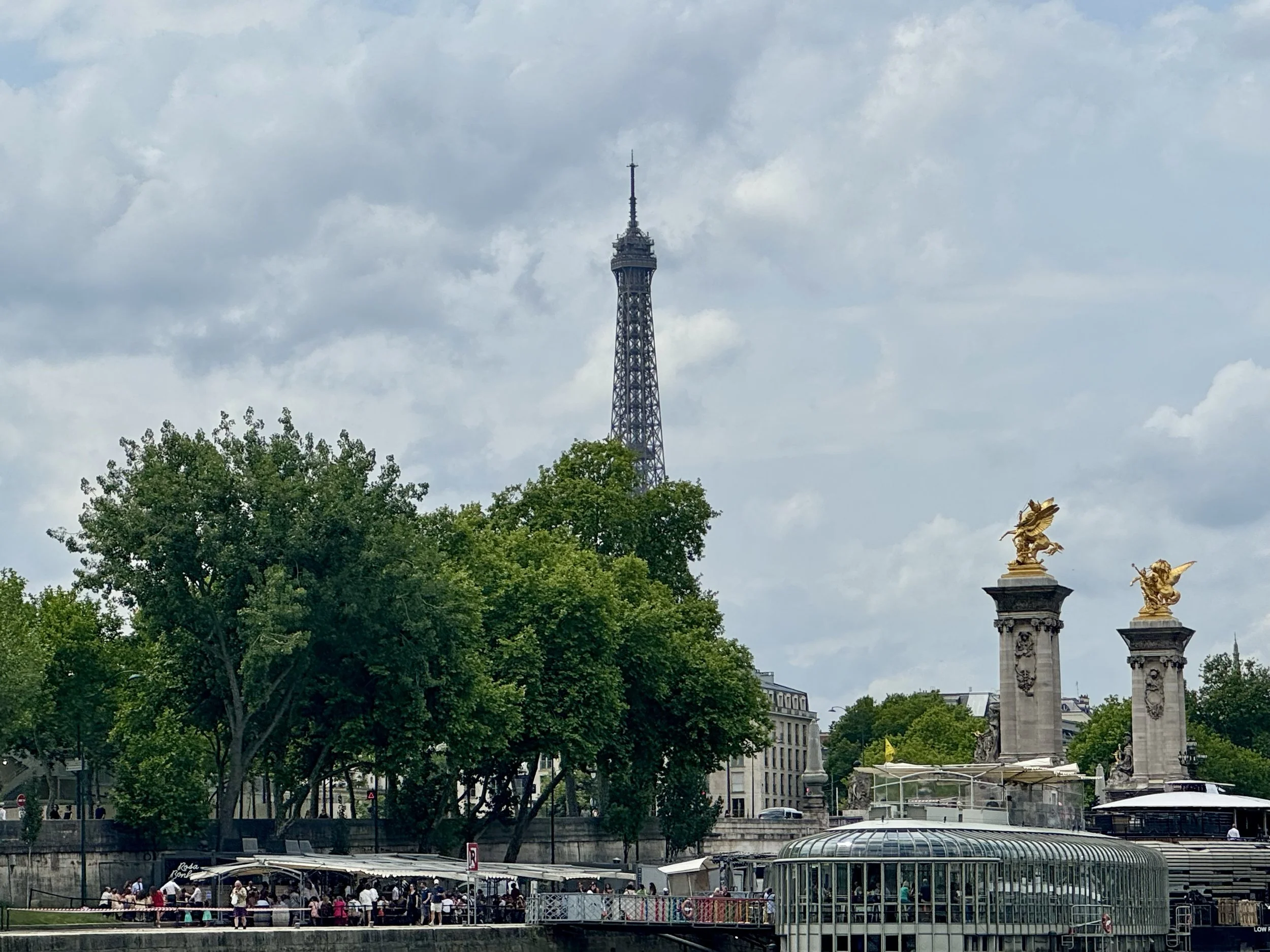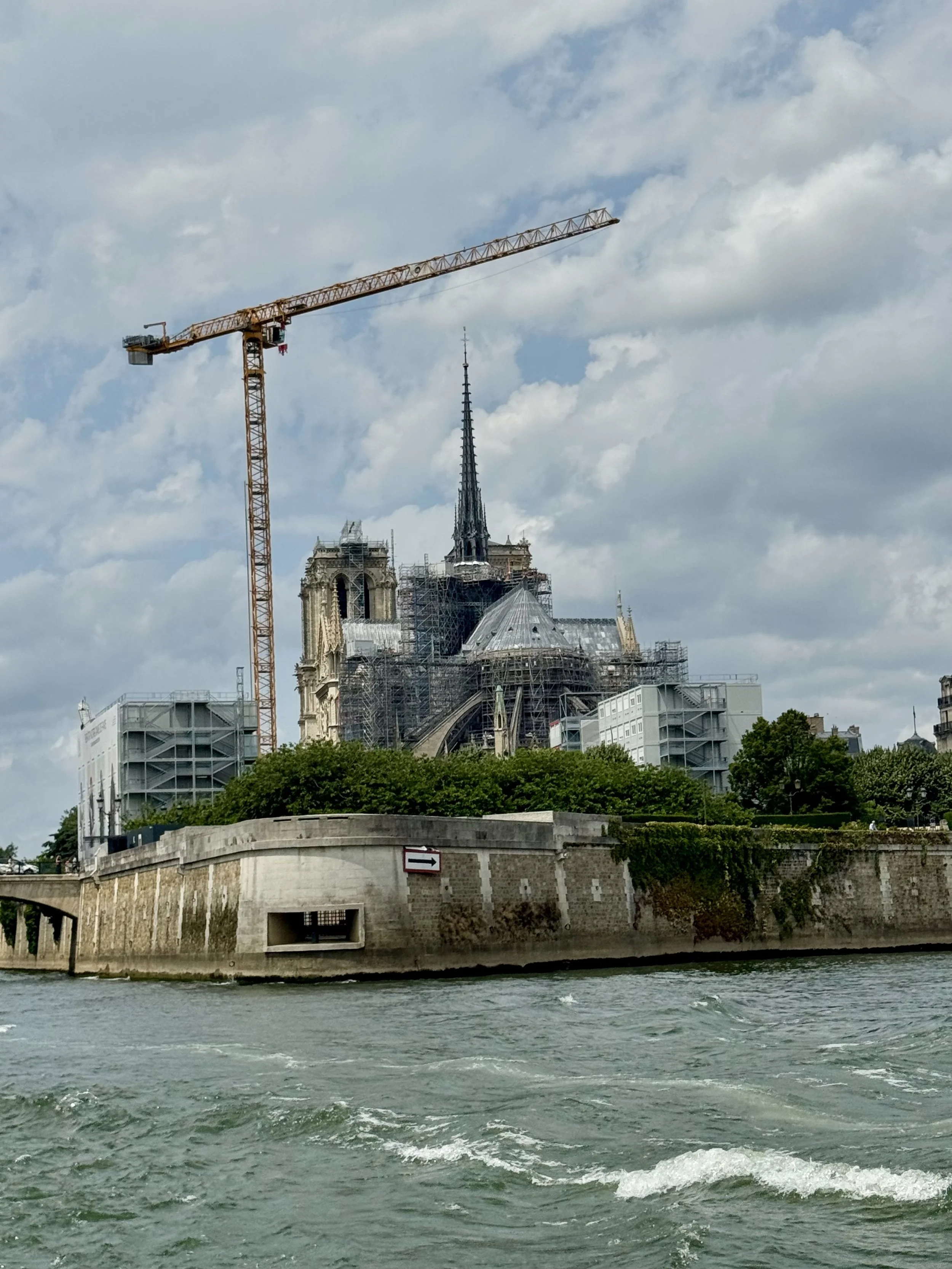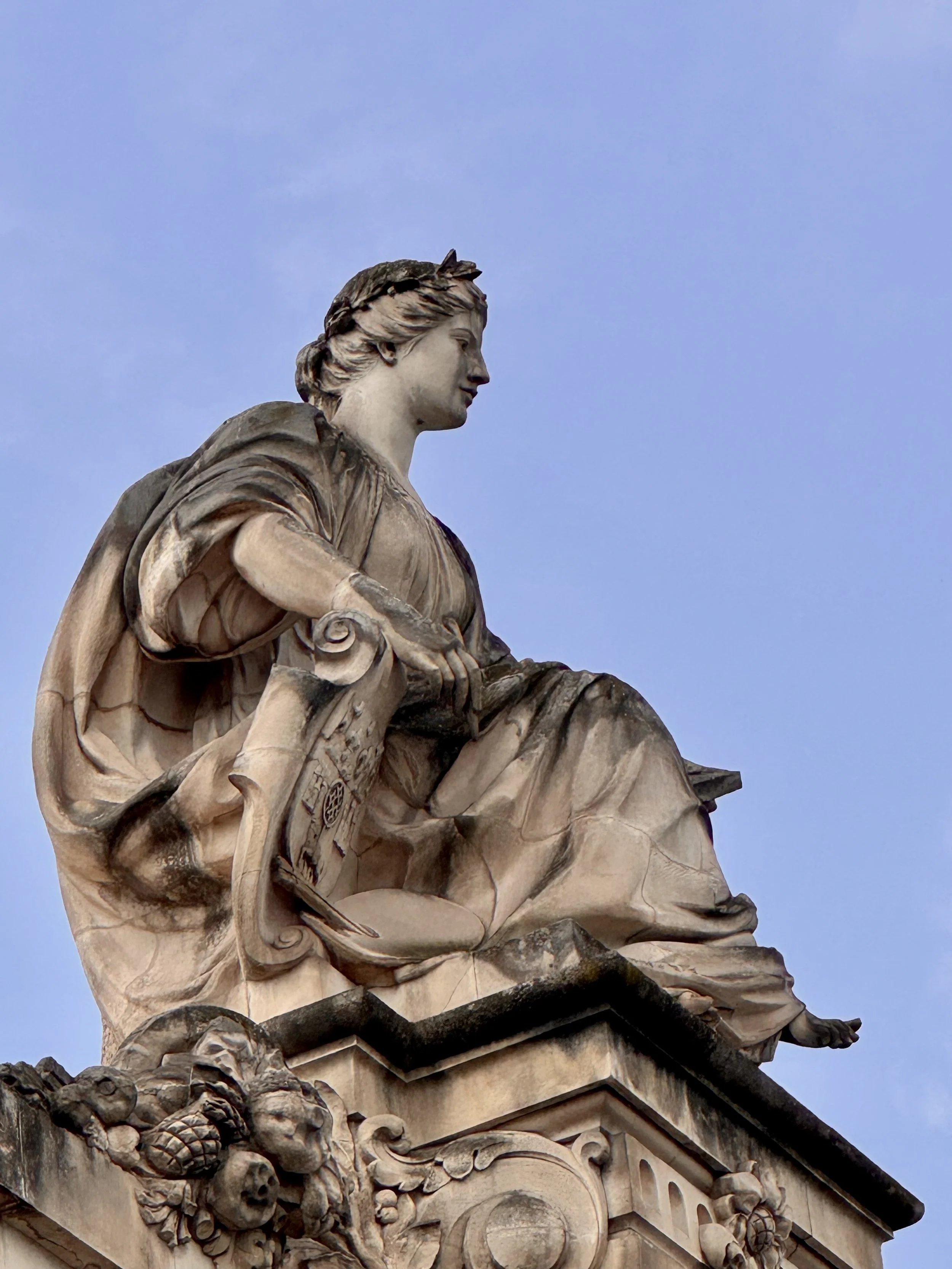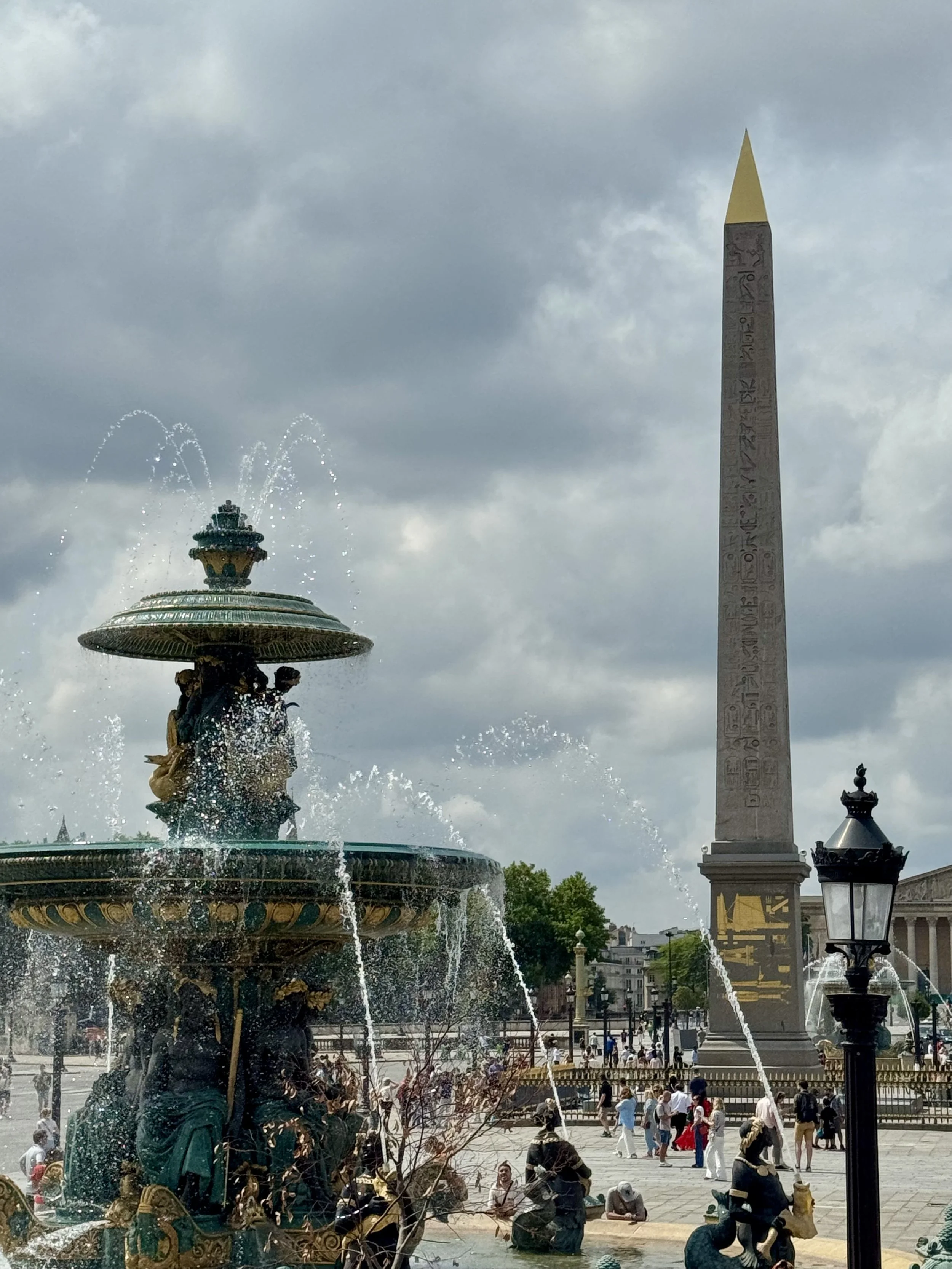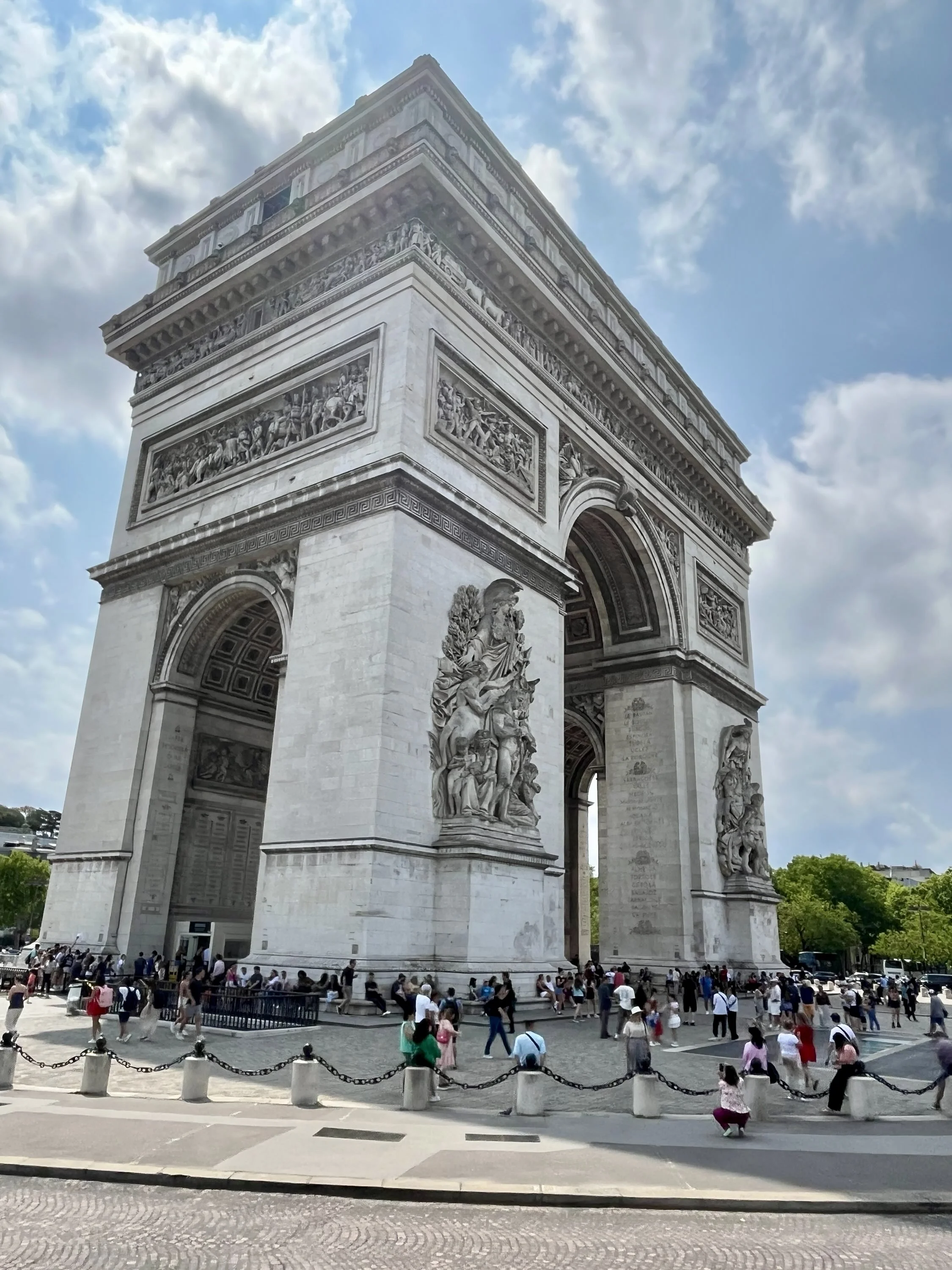5 Perfect Days in Paris: Iconic Sights, Rich History, and Gastronomic Delights
My last trip to Paris was fifteen years ago with my husband and teenage son and daughter. We visited in April and found the weather perfect for walking—sunny but not oppressively hot. I have fond memories of seeing all the iconic sights with them, including the Eiffel Tower, the Louvre, Notre-Dame, the Arc de Triomphe, and more.
This June, my husband and I had the opportunity to visit Paris with friends. I was interested in seeing what changes the city had undergone in fifteen years, and I looked forward to visiting several neighborhoods we had not seen on our first trip. Notre Dame was also open, and I was excited to see its restoration after the 2019 fire. Lastly, I wanted to spend time looking at my favorite painting at the Louvre—the Wedding at Cana. On our last trip, I had only a few minutes to gaze at it before the family needed to break for lunch. I imagined sitting on a bench in front of it, just as I had on the last trip, but with much more time to see the details.
Our Strategy: Making the Most of Our Time
Paris is a vast city with numerous attractions and activities to explore. You’ll never be able to see and do everything on your wish list in one week. It’s all about prioritizing and having a plan, including a list of the sights and places you absolutely must see, as well as those you hope to see, if time allows. Have these lists ready before you set foot in the city.
Reservations, Tickets, and Entry Times
We made reservations and purchased tickets to the Louvre, Eiffel Tower, and Notre-Dame before leaving the U.S., as these are highly visited sites. Expect crowds and long lines if you don’t reserve ahead of time. Expect crowds, even with pre-bought tickets. We also booked a Montmartre Food Tour, which was a sell-out.
Mornings are typically the quietest, so consider starting your day early. We chose 9:30 AM entrance tickets to the Louvre and Notre-Dame. This allowed us enough time to enjoy breakfast at our hotel and take an Uber across the city. Paris traffic can be formidable, so give yourself ample time to get where you’re going.
Expect crowds in the late morning and afternoon.
Focus on One Key Sight and Neighborhood Per Day
Iconic sites are not clustered together in this large city—some are quite a distance from each other.
Pick one key site to visit each day and then explore the area or neighborhood around it. Many people try to do two or three iconic sites a day. I can’t help but think they are missing much of what is special about Paris that you can only experience if you wander a bit—specialty food stores, portrait artists, second-hand shops, people-watching as you sit in a cafe with an espresso or glass of wine, and so much more.
Key Places and Experiences
Notre-Dame Cathedral and Île de la Cité
The Île de la Cité is an island on the Seine River and is considered the epicenter of Paris. The island is the original site of the Parisii tribes, located on the Sequana River, now known as the Seine. Today, the island is home to Notre-Dame Cathedral, Sainte-Chapelle with its world-renowned stained glass, and the Conciergerie (a section of the Palais de Justice which was used as a prison in revolutionary times).
Notre-Dame Cathedral reopened to the general public in December 2024, following the completion of its interior restoration efforts after the 2019 fire. Entry is free, but securing a reservation for a specific time slot is recommended due to the Cathedral’s popularity and capacity restrictions—a reservation can save you waiting in line for two hours.
Here’s the kicker. As of this writing, the Cathedral’s website only releases reservations a few days in advance, and it is nearly impossible to get a reservation—the website always indicates ‘Reservations Sold Out’.
How do you get around this? Book an inside tour with a third party.
I found an inside tour through Viator. It was the guide’s first inside tour in six years (since the fire). She was very knowledgeable about the Cathedral’s architectural details, restoration efforts, and the day of the fire. Inside tours only became available the week of our visit, so don’t be surprised if many guides list outdoor-only tours (created after the fire, while the interior was being restored).
Dare I say, Notre Dame is more beautiful today than 15 years ago? The interior, which was dark gray from years of dirt and grime, is now a lovely cream (I assume, from sandblasting). Paintings that were previously very dark and dingy are now colorful and brilliant—one area of the restoration that stood out to me. The stained glass is as beautiful as before.
Exterior restoration is still ongoing.
Tips: Book a tour. There are so many interesting architectural and historic details you’ll otherwise miss. Walk around Île de la Cité, grab lunch at a cafe, and people-watch. It’s a nice area.
The Musée du Louvre
Reservations are required for all visitors during the summer months.
The first picture above is of visitors waiting for a 9:30 AM reservation in mid-June. You can see that crowds lined up for entry are not too bad at this hour. That said, even though the museum is the largest in the world (652,300 square feet), a sea of visitors has already formed by 11:00 AM in the galleries. The ventilation system is inadequate, resulting in a hot and muggy environment, which is particularly ridiculous given the priceless art on virtually every surface within. Because of these issues, you’ll find yourself walking past hundreds of works of art without giving many a second glance if you visit the Louvre during peak times.
The Wedding at Cana painting has been moved and is now in the same mobbed room as the Mona Lisa. No bench to sit on and gaze uninterrupted at my favorite painting. There was a constant flow of people taking selfies in front of it—frankly, a maddening situation and one significant difference from my visit 15 years ago.
Even with these criticisms, the place is still fantastic. There’s no place like it, and the museum’s collections are beyond impressive.
It turns out that what we experienced (crowds, poor ventilation) is an everyday issue, particularly during summer months, and it reached a tipping point just two days after our visit. On June 16, 2025, staff at the Louvre went on strike, temporarily closing the museum. The strike, which began during a routine staff meeting, was a protest against overcrowding, understaffing, and generally poor working conditions. Add this to the deteriorating condition of the buildings, and it’s a cluster *—*. The museum eventually reopened after a few hours following negotiations between staff representatives and museum management.
Tuileries Garden
Since you’ve just spent hours inside, after visiting the Louvre, wander through the expansive, tree-lined, and statue-studded Tuileries Garden. It’s just outside the gates of the Louvre.
Tip: Make reservations for the Louvre’s earliest time slot (9:00 AM). Be first in line for your timed entrance, as groups are very large.
Eiffel Tower and the Latin Quarter
What is the most iconic visual of Paris? What monument gets 6 million visitors a year? The Eiffel Tower.
The tower has three levels for visitors, with restaurants on the first level (Madame Brasserie) and the second level (Le Jules Verne). Go all the way to the top if you're feeling bold and would like to celebrate with a glass of champagne while taking in the city's best view.
My husband and I did not visit the Eiffel Tower on this trip since we had seen it on our first visit to Paris. For me, it’s a ‘one and done’ monument, partially because the view hasn’t changed and partially due to the crowds at the base. That said, our friends had a fabulous time heading straight to the tippy-top via elevator. They did not experience a long line with their pre-purchased ticket, and the weather was perfect for the best city view.
Book your timed tickets in advance. Be aware of a rise in fraudulent ticket websites, and purchase tickets directly from the official Eiffel Tower ticket office here. There are several ticket options available, depending on whether you’re taking an elevator and which platform you want to go to.
Champ de Mars
Enjoy a break at Champ de Mars. You can’t miss this 60-acre park that includes lawns for picnicking, playgrounds for the kiddos, tree-lined areas that provide needed shade in the hot Paris summers, and more. The Eiffel Tower is at one end of the park, and the École Militaire (military academy) is at the other.
Latin Quarter
This is a fun, walkable neighborhood just a short distance from the Eiffel Tower. You’ll find bookshops (including the famous Shakespeare and Company), cafes, and bistros. This is where many of Paris’ universities are, including the Sorbonne, so you’ll find lots of students and artistic vibes in the area.
Luxembourg Gardens
Luxembourg Gardens is also worth a stroll. There are fountains, statues, lawns for picnics, and a pond where you’ll find families renting small sailboats with wooden push poles to keep young kids happy in the sun. On a hot day, head for the shaded, tree-lined area. The center of the park is wide open and quite hot during peak tourist season. The temperature drop in the tree-filled sections of the park is significant.
Montmartre Food Tour and Sacré-Cœur Basilica
On a guided food tour in Montmartre, we savored the flavors of freshly made macarons, chocolates, crêpes, and a variety of cheeses and meats. Every bite was delicious, and at one point, as the fifth or sixth meat and cheese combo was presented, I realized I was so full I couldn’t eat one more bite. Our hostess was very knowledgeable about the regions where different cheeses and cured meats were produced, as well as the production process and what made each unique.
Sacré-Cœur Basilica
After the food tour, we wandered up to Sacré-Cœur Basilica to enjoy panoramic views of the city. If climbing the 200 steps is daunting, consider taking the funicular instead. It’s part of the Paris RATP transport system, and you can reach the top in a few minutes. We opted for the funicular since I had hip replacement surgery a few months before our trip—a wise decision.
Place du Tertre (a.k.a. Artists Square)
Montmartre, in general, is the Paris everyone dreams about, with its small restaurants and specialty shops along cobblestoned streets, offering a diverse range of offerings, including cheese, meats, bread, pastries, and chocolate. Within the Montmartre quarter, the area behind Sacré-Cœur is a must-see. This is where Place du Tertre, a shaded square that is always filled with portrait and Parisian landscape artists. Good restaurants are abundant, and it’s an excellent place to people-watch in a quaint corner of the city.
Seine River Cruise and Hop On/Off Bus
On our final full day in Paris, we opted for a combination tour that included a Seine River Cruise and a Hop-On, Hop-Off Bus Tour. We had seen the iconic sites up close, but there were secondary spots (such as the Arc de Triomphe, Champs-Élysées, and the Panthéon) that we wanted to catch a glimpse of at least. This proved to be a great way to get a quick view of city sites and neighborhoods while giving our feet a rest.
The Seine Cruise, in particular, was a great way to spend part of our last day. The view from the river of the iconic sites we had previously visited was both fun and relaxing. Can I say, though, how disgusting it must have been for those Olympic athletes to swim in the Seine? It’s a city river with numerous boats cruising along it continuously. No wonder some were sick after their swim.
Tips:
Don’t visit Paris from June-September. It’s just too hot and crowded. And, with global warming, every summer seems to get hotter. In July 2025, a heatwave closed the top level of the Eiffel Tower—temperatures reached beyond 100°F in Paris.
Get a Paris Museum Pass if you plan to visit three or more museums.
Use the Metro or walk—most neighborhoods are walkable with good shoes. We used Uber due to my recent surgery and the heat, but, as mentioned, traffic can make a short trip take longer than anticipated. Plan.
Learn a few French phrases. A smile + “bonjour” goes a long way.
Book major sites (Eiffel, Louvre, Notre-Dame tour) in advance and secure the earliest time slot of the day you can to avoid crowds.
Arrive early for your reservation time, particularly at the Louvre. Each timed entry can be well over a thousand people (with up to 30,000 visitors per day).


